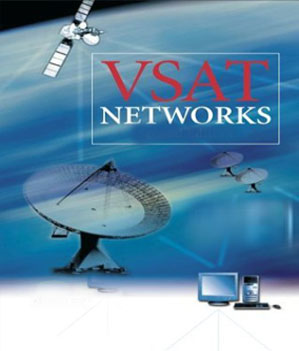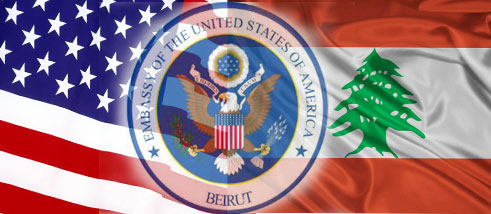
US Telecommunication Station for Intelligence Purposes

Maysaa Moukaddam
The Lebanese authorities have finally moved regarding the US Army's request to the Lebanese Telecommunications Governing Body for a license to construct an American VSAT station that experts expect to be built for spy purposes.
 This request raised doubtful questions, as it did not pass via diplomatic channels like the US embassy in Lebanon or the Secretary of State at the very least.
This request raised doubtful questions, as it did not pass via diplomatic channels like the US embassy in Lebanon or the Secretary of State at the very least.
In an interview with al-Ahed News site, the retired Lebanese Army General Mohammad Atwi stated, "The VSAT station's role could be for tapping calls and computers, revealing their secrets, and claiming intelligence from "terrorist"-labelled groups, as well as benefiting the "Israel"."
In this context, Atwi indicated that this doesn't count as the first time that the US had tried to gain intelligence on the communications network in Lebanon. The US filed similar requests to the Internal Security Forces' Intelligence Department related to VSAT [Very Small Aperture Terminal] Broadband Network stations that depend on geostationary information transfer to specific hard-to-reach points.
Moreover, according to the expert in civil and military communications, "The American forces possess more than 1000 military bases in more than 130 countries, especially in Saudi Arabia, Qatar, Bahrain, Oman, Kuwait, Jordan, Sudan, Arab Emirates, Somalia, and Djibouti."
These bases, according to the expert, hold various missions; military duties, logistic support, "peace-keeping" missions under the UN's supervision, surveillance, tapping, or spying operations which require communications stations.
General Atwi divided the stations into 3 types;
1. Portable communications stations installed on planes to cover specific areas
2. Satellite communications stations
3. And terrestrial stations often rented by countries for tens of years.
Regarding the missions and risks of these stations, Atwi list them as including;
1. Wireless communications stations to cover the US military forces operations
2. Electronic and military surveillance stations
3. Satellite communications stations
4. Stations linking US civil and military bases
5. Spying stations on satellites
6. Electronic tapping stations
7. And unified stations for broad radar surveillance.
These stations exchange intelligence with the Central Intelligence Agency (CIA) or National Security Agency (NSA).

1. Intelligence exchange stations with the NSA and the Federal Bureau Investigations (FBI), both interested in gathering and analysing intelligence,
2. CIA-affiliated stations
3. And stations serving ground, navy, and air military forces in exchanging intelligence to execute military operations.
On a similar note, Atwi indicated that the US had established an electronic system called Echelon after World War 2 that works in a broad spying network, able to tap 2.5 billion calls daily, and monitor around 12 million people simultaneously.
General Atwi concluded by reiterating, "Obviously these world powers are not charitable to offer communications networks as a Christmas present for developing countries, and they serve their own interests and their allies."
Source: al-Ahed News, Translated and Edited by moqawama.org



